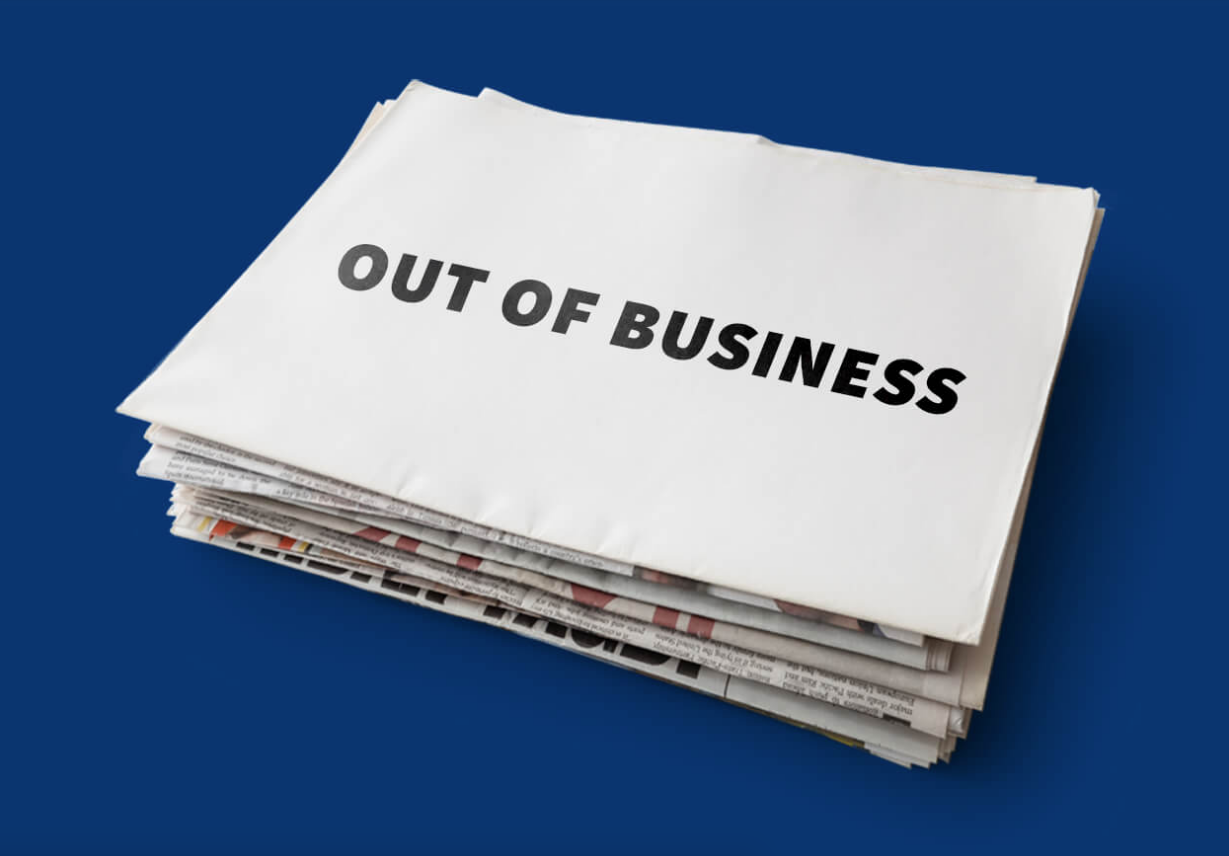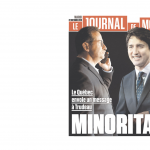What the death of local news means for the federal election
Resignation and outrage colour veteran journalist Mary-Ann Barr’s voice as she reflects on the Red Deer Advocate and its coverage of the recent Alberta provincial election. “There was a brief in the paper yesterday about who the candidates are—buried on page four,” says the former editor and reporter who spent thirty-one years at what is now Red Deer’s last remaining local newspaper. Black Press Media, which owns almost a 100 papers in western Canada, announced last month it could no longer afford two competing titles in the same city and shut down the weekly Red Deer Express.
“When I started reporting, the Red Deer Advocate was many, many pages—there were ninety-plus pages in some editions,” Barr said in a telephone interview. Red Deer—which also lost its television station in 2009—is among the nearly 200 Canadian communities where, over the past decade, one or more local news outlets have closed. With layoffs gutting many other newsrooms, the symptoms of local news poverty are increasingly evident: the underreporting of complex political issues, the proliferation of superficial journalism, and a citizenry deprived of credible information. “It wasn’t long ago that we would have a reporter and photographer do a ride around in the five or six ridings we covered in central Alberta,” Barr reminisced. “They would talk to voters and get an idea of what the heck was going on. We’d run a map, we’d have photos. It was great coverage.”
When it comes to Red Deer, such election coverage is history. Barr, who retired in mid-2017, said in an email that as recently as 2012 there were twenty-four full- and part-time editors, reporters, and photographers in the newsroom. At the time of the 2015 federal election, the newsroom complement was fifteen. Today, with the next federal vote six months away, Barr says there are nine reporters are left. The daily, now published in a smaller tabloid format, not only covers fewer electoral districts but has replaced probing analysis with short pieces based on press releases. Barr notes that Advocate reporters are often scrambling to comply with company missives that require them to generate a minimum of two stories, plus news briefs, photos, and the occasional video, on every shift. “Given what any reporter has to produce in a day, the idea of in-depth, thoughtful journalism is disappearing,” she said.
Red Deer, a city of about 100,000, isn’t the only place in the country where the crisis in local journalism is reshaping political coverage in advance of the October 21 federal election. “Newspapers, even smaller newspapers, used to have two or three people covering politics,” says Martin O’Hanlon, the president of CWA Canada, which represents journalists in newsrooms across the country. “Now you are lucky if you have one person covering all levels of politics, not just city hall,” he says. When local reporting is eroded to such an extent, how do you hold politicians to account? “It’s not the fault of the journalists—they want to do a good job,” says O’Hanlon. “But, in many places, coverage has become a joke.”
Alarm over the situation has spread outside of newsrooms. Brian Saunderson, the current mayor of Collingwood, Ontario, recently suggested that greater media scrutiny might have prevented the resort town, located northwest of Toronto, from becoming embroiled in a controversy involving, among other issues, over $1 million in consultancy fees paid to the previous mayor’s brother, a former Liberal MP. “There were very few reporters working at the time to shine the light on the operations at city hall,” Saunderson said as a judicial inquiry got underway. Saunderson said the local Rogers community television station has scaled back its Collingwood operations over the years and that there were few reporters left at the Enterprise-Bulletin, one of two local weekly newspapers, when it closed in 2017. A new digital startup, he said, covers daily news, but “typically, the investigative stories are the exception, not the norm.”
None of this bodes well for citizens who want to cast an informed ballot this fall. We tend to think of party leaders and their national campaigns as the key determinants of election outcomes. One recent study, however, estimated that as many as 10 percent of ridings were decided in 2015 by voters who considered coverage of local candidates a decisive factor in their choice. In a healthy media ecosystem, journalists from a variety of news sources will press local candidates for their views on key local and national issues, scrutinize their campaign performances, and evaluate incumbents’ records. They will write stories explaining how national campaign announcements by party leaders affect local residents. When those party leaders come through town, local reporters will push them for answers on community concerns about everything from health care and the environment to immigration and jobs.
Read the rest of this article on The Walrus website, where it was originally published.
April Lindgren is a professor at the School of Journalism at Toronto Metropolitan University and principal investigator for the Local News Research Project.





